Spinalonga is a small island in Crete with a rich history that dates back to antiquity, and it served as a powerful sea fortress in the Mediterranean due to its strategic location.Spinalonga is best known as a leper colony from 1903 to 1957, and it was one of the last active leper colonies in Europe. The stigma around leprosy persisted even after the evacuation of the island, and it took decades for the truth about the leper community to come to light. Victoria Hislop’s novel, ‘The Island,’ helped to clear the fallacy surrounding the island.Today, Spinalonga is a popular tourist destination and one of the greatest landmarks in Greece, attracting visitors from all over the world who want to explore its rich history and eerie vibe. Visitors can reach the island by boat from Agios Nikolaos, Elounda, or Plaka.
Nicknamed the island of the living dead, Spinalonga lies at the natural harbor of Elounda in the prefecture of Lassithi in Crete. Despite being a small barren island of 85 acres, it carries a long history and holds a special place in the Greeks’ hearts, while it preserves its beauty notwithstanding its dark past. The History of Spinalonga. A little-known fact is that Spinalonga was not always an island. It is believed that in 1526, the Venetians destroyed part of the peninsula of Elounda to create an island, which was fortified to safeguard the port of ancient Olous.
Olous remained uninhabited until the mid-15th century when it gained commercial value due to its salt pans.The inhibition of the city, along with the pirate raids and the Turkish threat, made the fortification a necessity and resulted in Spinalonga becoming one of the most powerful sea fortresses in the Mediterranean.Spinalonga remained under Venetian rule even after the rest of Crete was occupied by the Ottomans.
In 1715, however, the Ottomans managed to conquer the small island, banishing the Venetian presence from Crete completely. Eventually, in 1903, the Turkish left the island, and it became once again a part of Greece.
Despite its rich heritage that stretches all the way back to antiquity, however, Spinalonga is known across the world as the host of the leper community from 1903 to 1957 and as one of the last active leper colonies in Europe, reaching a number of nearly 400 inhabitants during the outbreak of the illness.
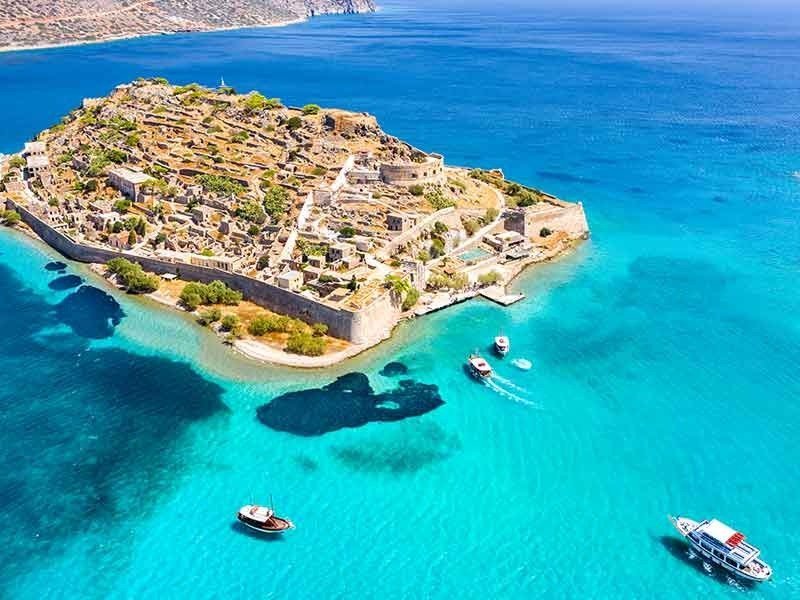
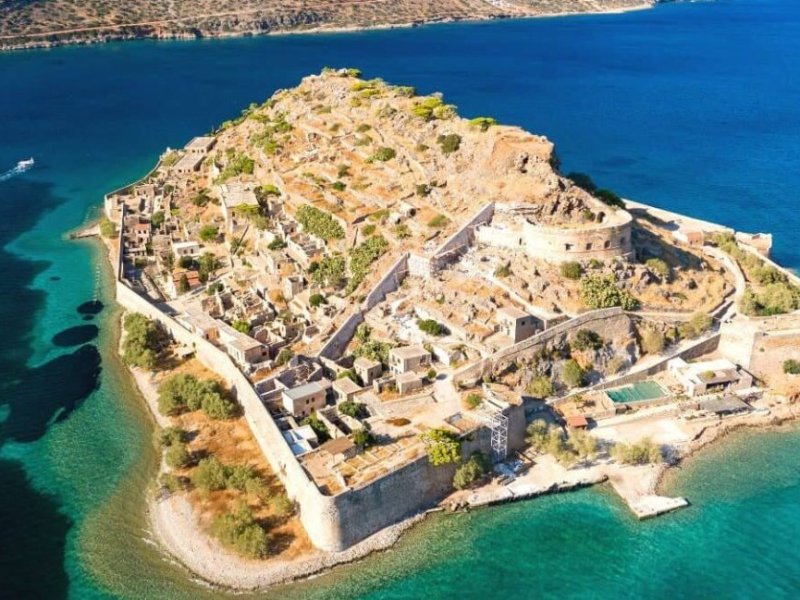
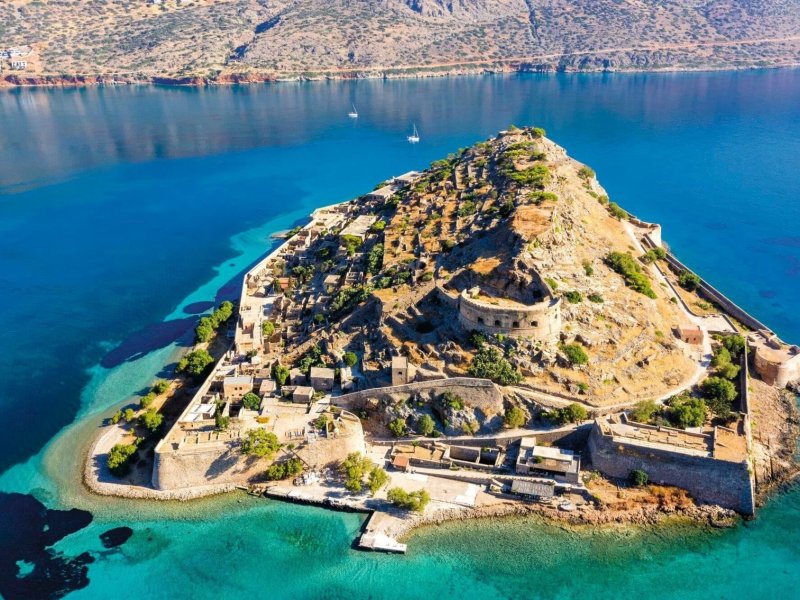
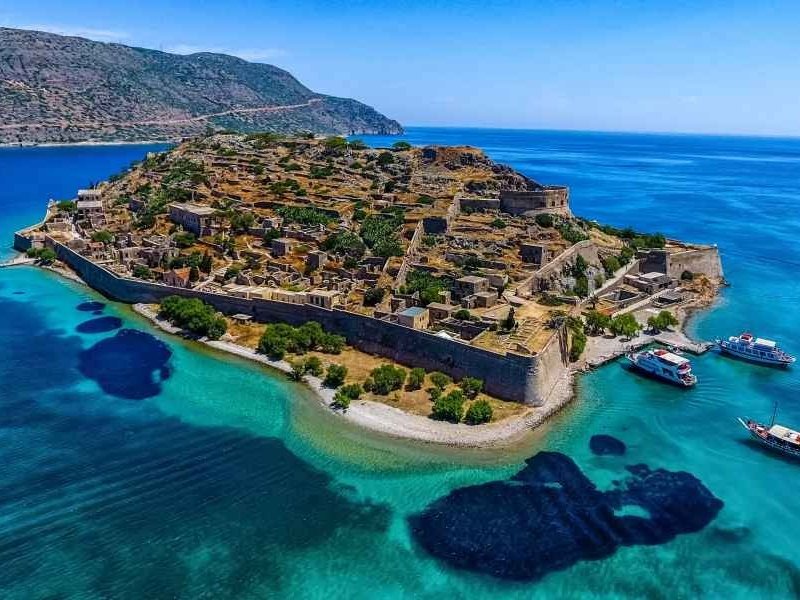



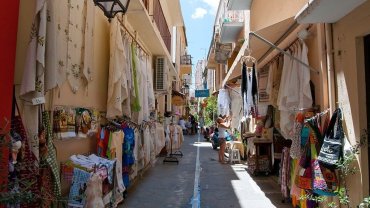
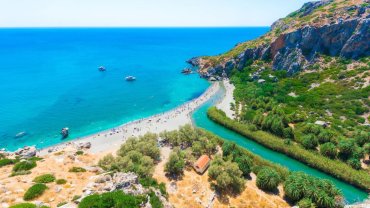

Comment (0)